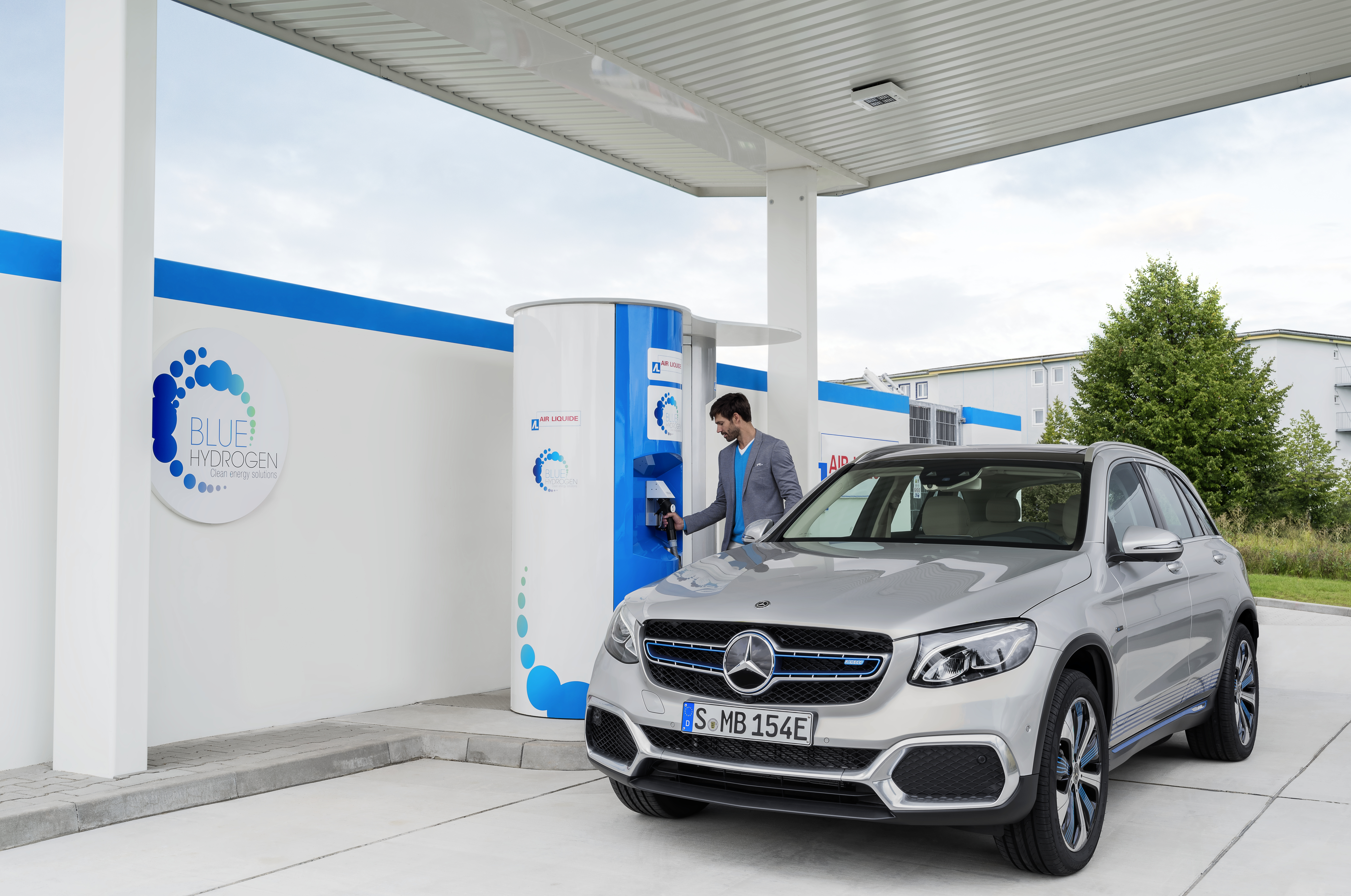With the onslaught of electric vehicles that will hit the market in the next few years, you might think that they are the answer to all pollution problems.
However, it’s not that simple. Electric vehicles produce no emissions, which is great for local air quality, but producing them is energy intensive — and there’s actually a more environmentally friendly alternative.
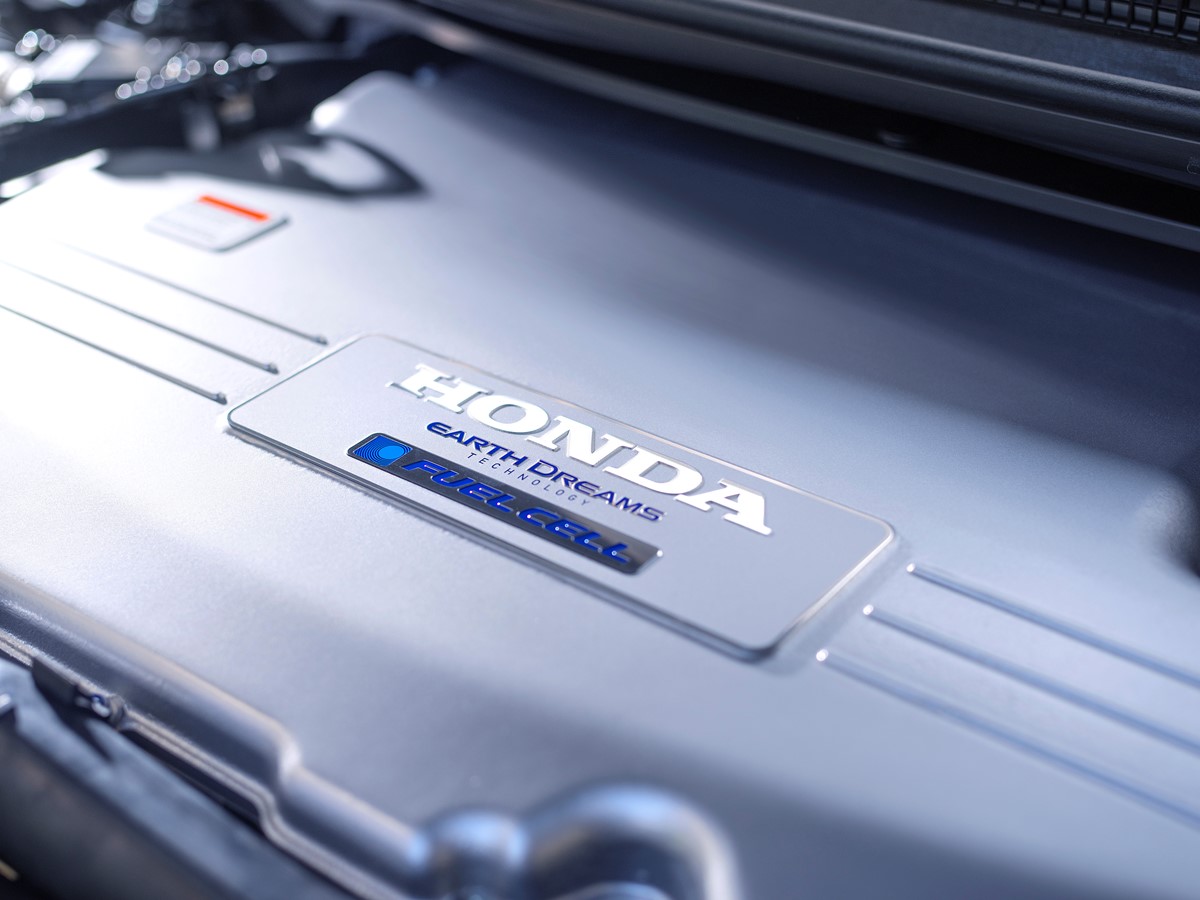
Hydrogen-powered vehicles might not get much press today, but they could be the future. They’re essentially electric vehicles, but with smaller batteries that are constantly replenished by hydrogen stored in a tank in the car, just like petrol and diesel today.
By using smaller batteries, they’re more environmentally-friendly to produce and put less stress on the world’s lithium stores. Toyota, for example, imagines a future where hydrogen-powered and pure electric vehicles make up the vast majority of the world’s cars.
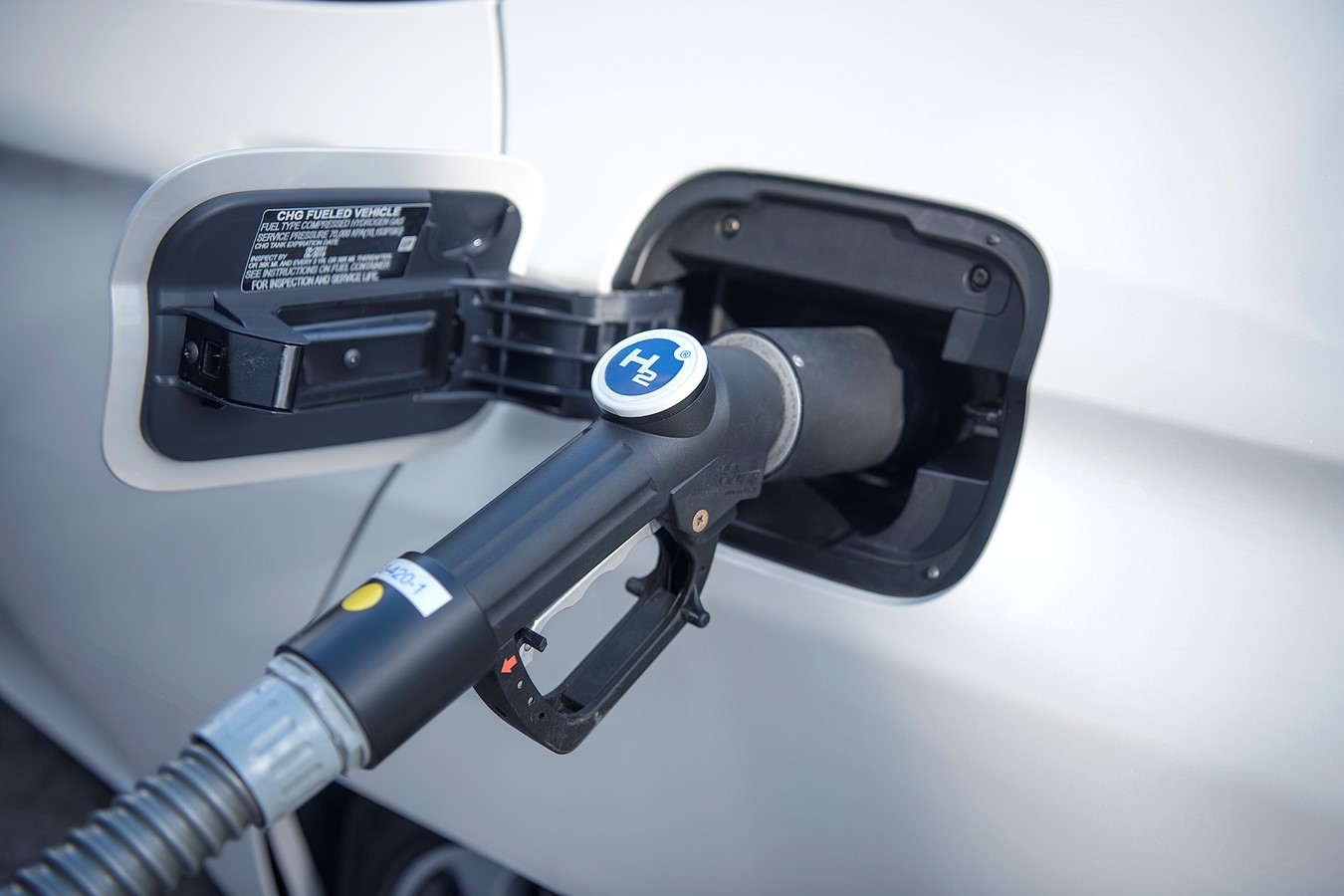
However, with a limited number of refuelling stations, few manufacturers are currently putting their weight behind this alternative fuel — though most have small teams working on the technology just in case it does take off.
It’s a chicken and egg situation – infrastructure won’t increase until more cars are sold, but people won’t buy them until infrastructure improves. That’s why manufacturers, business and government are working together to find solutions.
Interested in taking the plunge? We’ve highlighted the few hydrogen-powered cars on the market today…
Toyota Mirai
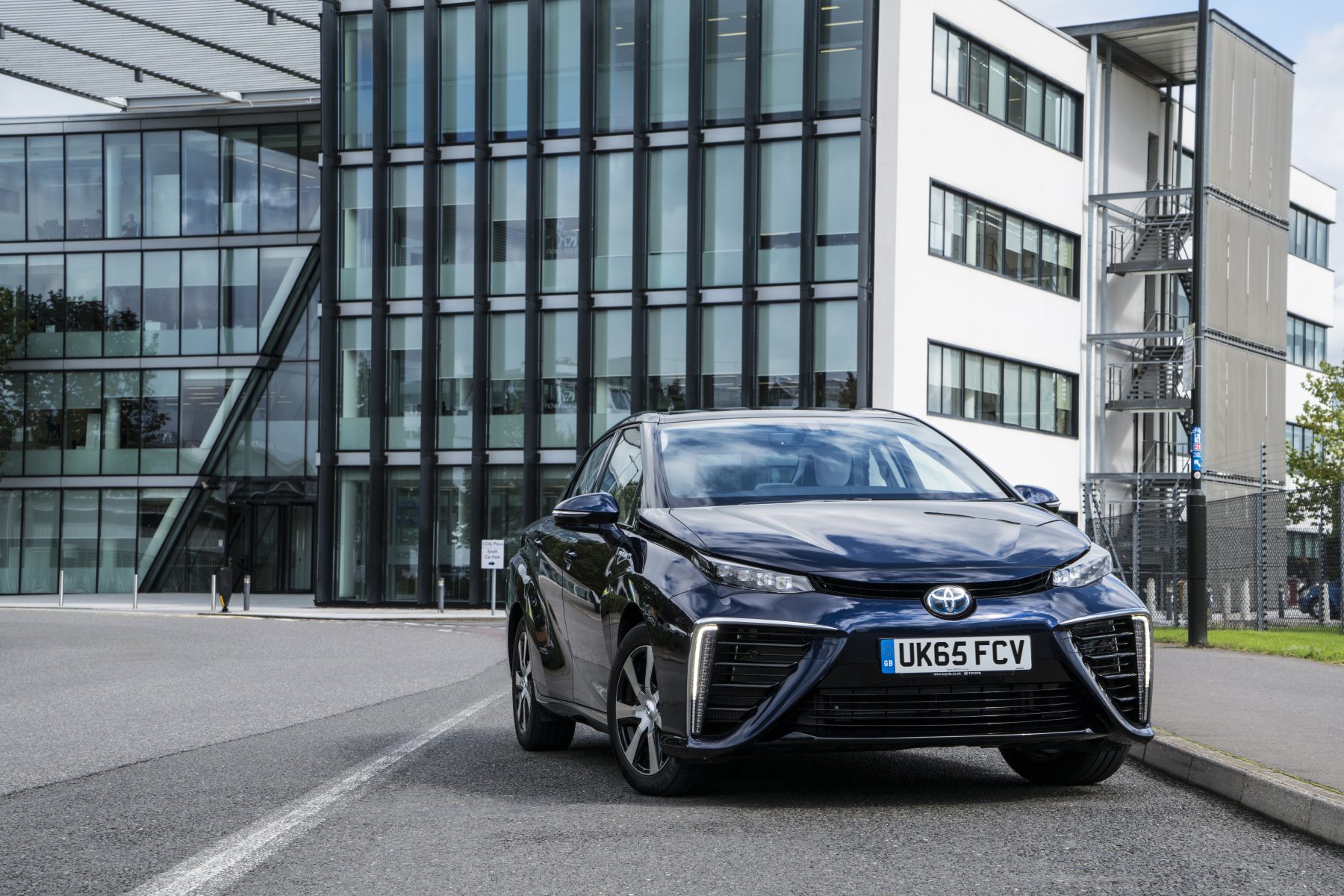
Toyota says it put more than 20 years of development into the Mirai, which became the first modern hydrogen-powered vehicle to go on sale in 2018.
Much of its focus has been put into making the hydrogen storage safe, such as storing it in leak-proof tanks and shutting off the hydrogen supply in a crash.
Toyota says there are “many reasons why hydrogen fuel represents the future of motoring”, such as the fact it is the most abundant resource in the universe, and the fact there are so many different ways to produce it.
Honda Clarity
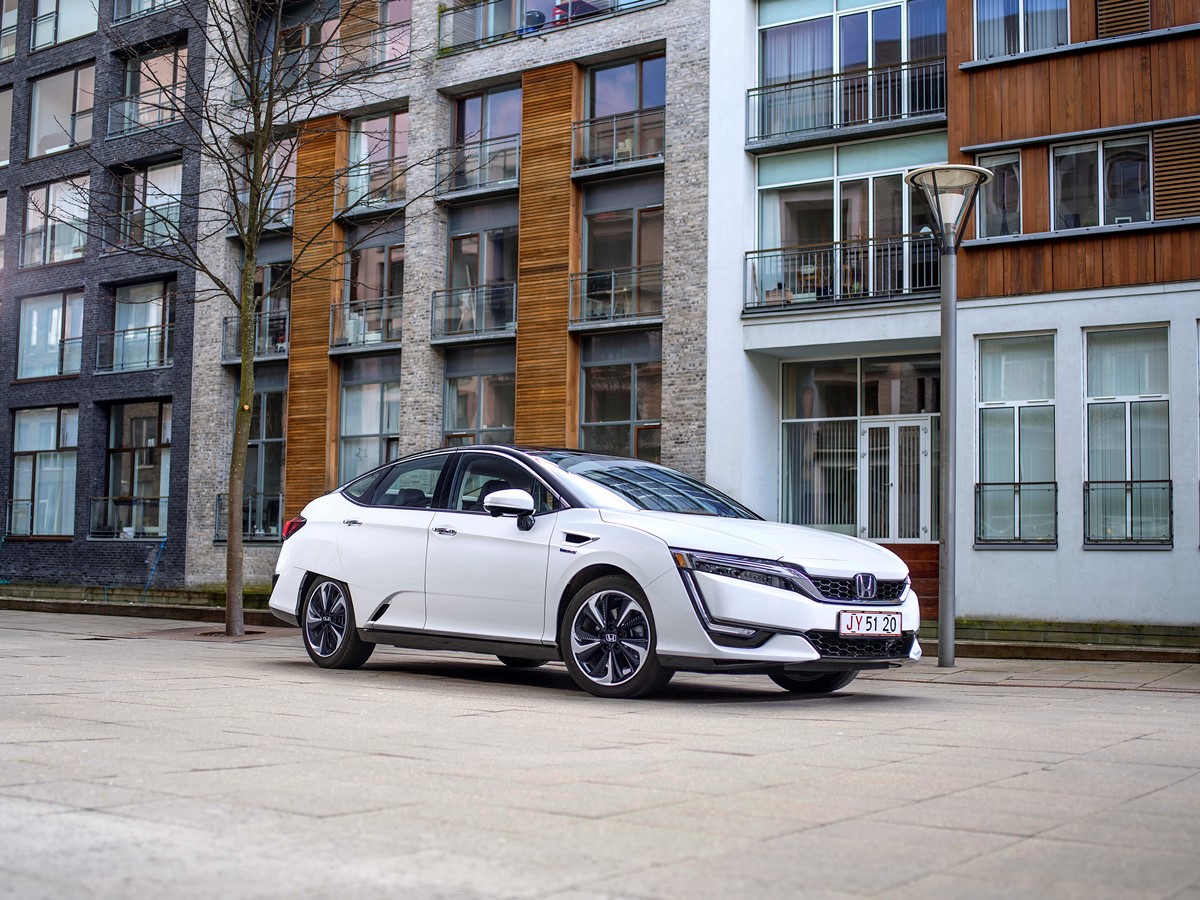
The Honda Clarity, like the Mirai, combines a futuristic powertrain with a quirky-looking exterior and large, practical body shape, the idea being that a car powered by the fuel of the future shouldn’t require any compromises to practicality.
We were present at the launch of the new model in 2017, and much like Toyota, Honda were keen to press home the importance of safety in the event of a crash. And behind the wheel, it felt like any other electric vehicle. With the promise of quiet motoring and quick refuelling, it seems like the best of both worlds.
Hyundai Nexo
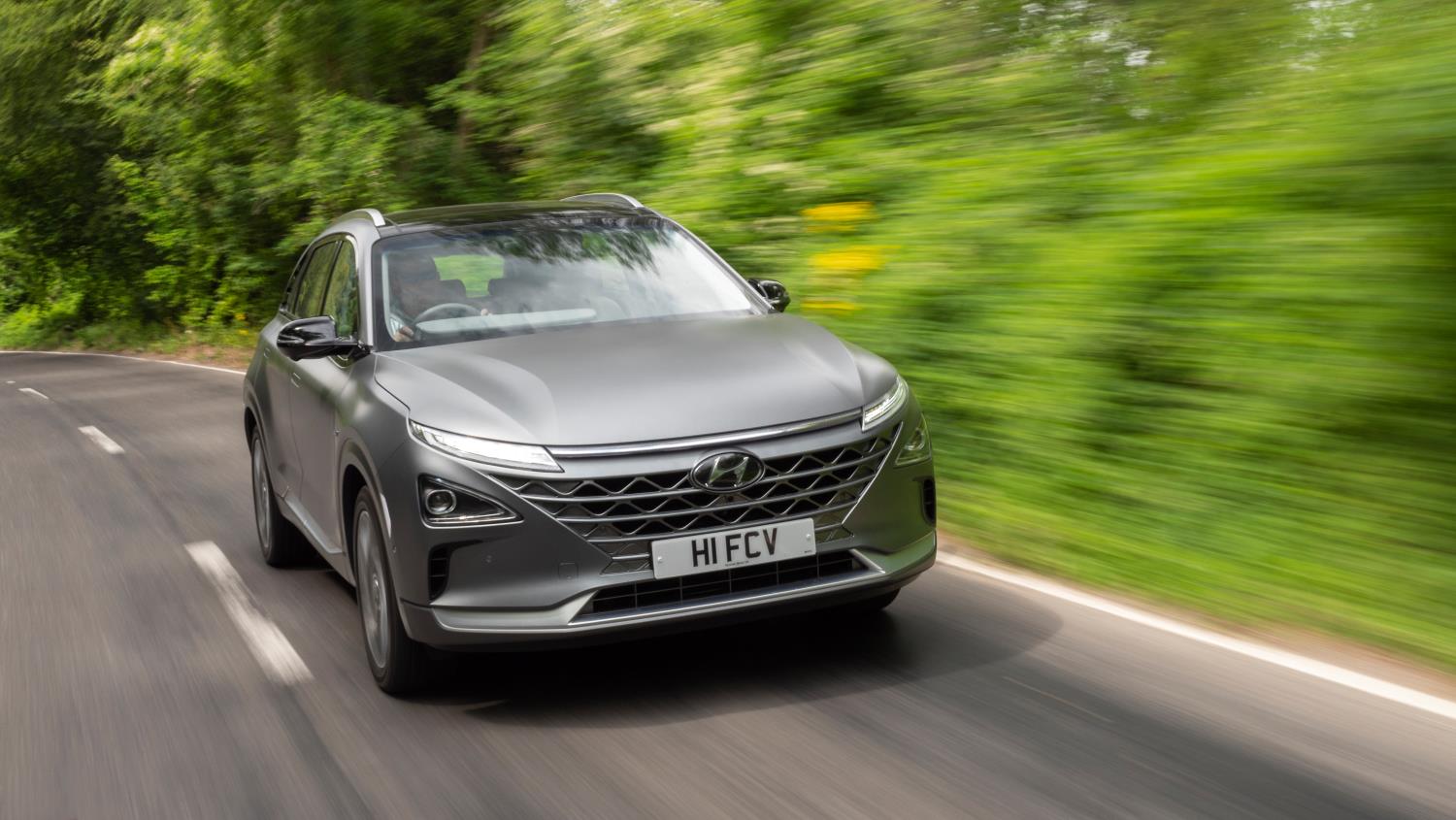
The Hyundai Nexo perhaps does the best job of blending into its surroundings — from the outside you wouldn’t think it was anything other than a normal SUV.
However, under the bonnet sits Hyundai’s second-generation hydrogen fuel cell powertrain, which it says produces “best-in-class performance”. It also claims a five-minute fill-up time that provides 414 miles of range, meaning that on a typical commute you’d rarely have to find yourself a refuelling station.
The South Korean car maker also says its system is the most efficient on the market, consuming just 1kg of hydrogen per 62 miles.
Mercedes-Benz GLC Fuel Cell
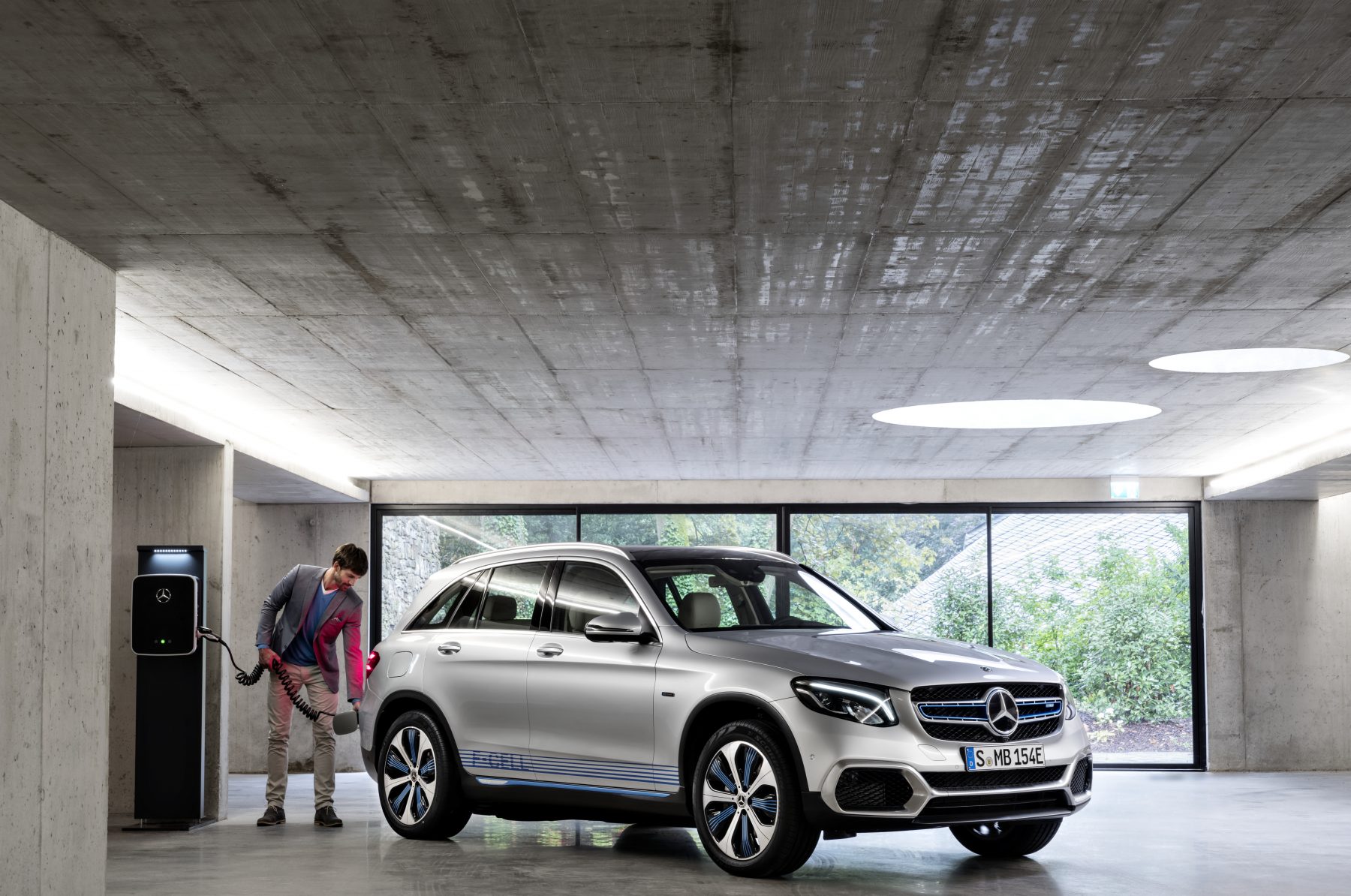
Mercedes-Benz owner Daimler has been putting a lot of money into hydrogen vehicle production, and the GLC F-Cell is the first product of that.
What makes this model unique is that owners can also plug the vehicle into electricity to top up the battery. That takes some of the stress out of ownership, because you don’t have to rely on the weak hydrogen refuelling infrastructure to keep your car running.
Private ownership is some way off, but customers can rent the vehicles in Germany, while the firm has teamed up with a number of companies that will run the F-Cells on their business fleets.

